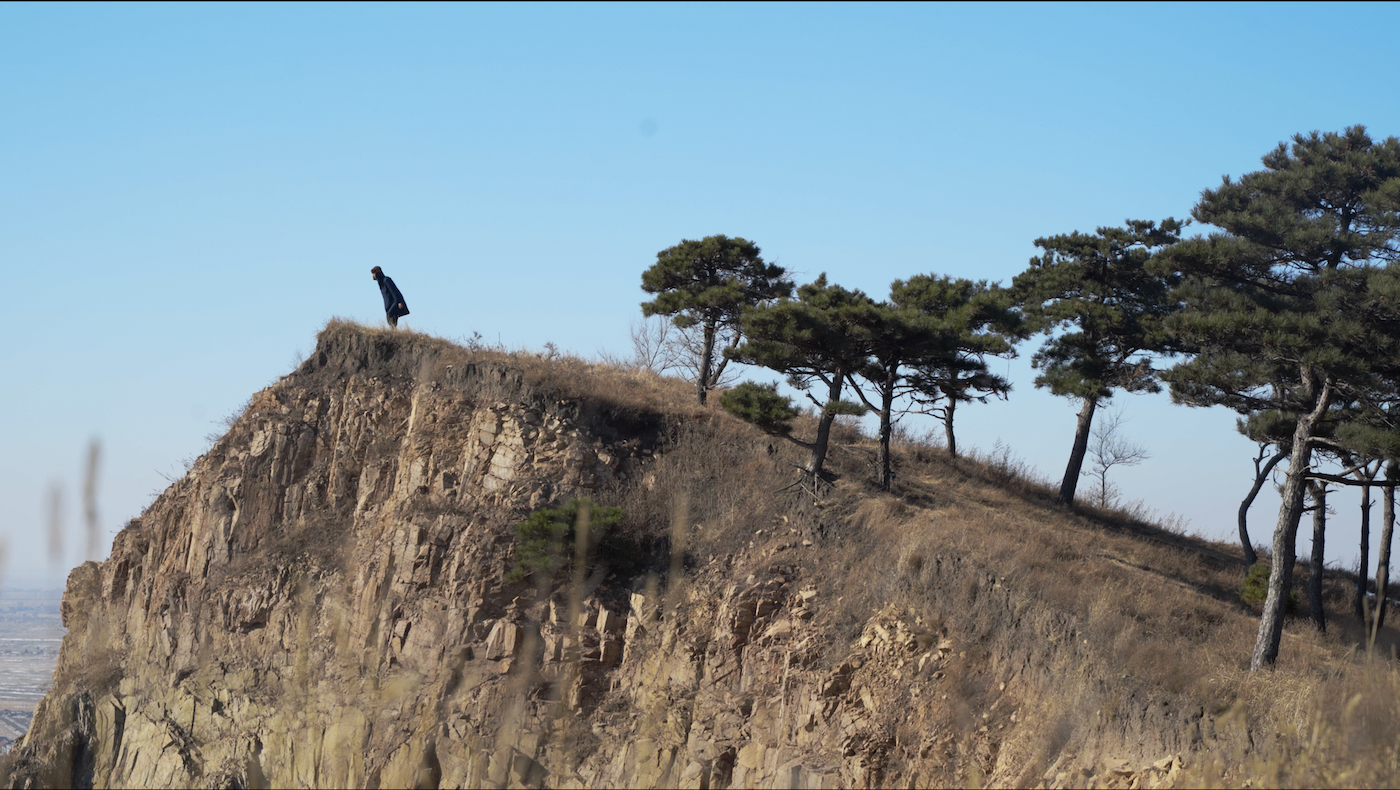
2023 ACC CONTEXT Walking, Wandering
Lee Kai Chung

〈The Shadow Lands Yonder (虛無鄉遠)〉, 2022.
Single-channel video, color, sound, 44min. 25sec.
Courtesy of the artist.

〈As Below, So Above (地上地下)〉, 2023.
Single-channel video, color, sound, 32min. 27sec.
Commissioned by Asia Culture Center. Courtesy of the artist.
The Shadow Lands Yonder
Lee Kai Chung carries out artistic research on emotions that transcend history, ideology and time, based on archive methodology. Starting with the exploration of the social and historical implications of “displacement” in pan-Asian context since 2017, Lee Kai Chung has worked on a series of projects that examine the human conditions and geopolitical relations that lead to the movement of human and resources. The Shadow Lands Yonder and As Below, So Above were produced as part of the fourth series The Infinite Train. This project examines issues such as colonialism, state, displacement, identity and trauma, focusing on Manchuria, where power struggle among various countries took place during World War II because it bordered Europe and Asia.
Sometimes human displacement takes place collectively in complex social and historical contexts, leaving emotional traces that cannot be erased even after a long period time. The Shadow Lands Yonder tells the story of agrarian settlers who left Japan and moved to Manchuria in the early 20th century, when large population migration occurred due to war and colonization. Immigrants, who came in hopes of establishing and settling in a new land, became refugees amid historical and political turbulence, no longer belonging to neither the new “home” they wanted to establish, nor the “motherland” that they had left. The Shadow Lands Yonder consists of seven chapters and reenacts the psychological conflicts and identity changes that took place in a series of processes ranging from longing, pioneering, leaving, stagnation, repatriation and rejection. The artist points out that the memories of conflict and feelings of futility embodied as a marginalized, neither able to say nor leave, linger in Northeastern China, which has been defined the country’s rust belt today.
As Below, So Above
As Below, So Above contains the dialogue between a Buddhist Jodo Shinshu Hongwanji sect military missionary and a logistic soldier, who were left in the underground fortification between Manchuria and the Soviet Union on the day before the end of World War II. The 21 ㎢-long underground fortress across the mountains and cities was built inconspicuous to people. The subject of the conversation between the missionary and solder begins with questions about the confrontation position with the Soviet Union, and leads to banned Buddhist scriptures. Locked in the dark maze of an underground fort, they had to endure fear and horror. Leaving the fort was just as threatening. No traces of the enemy could be found and all they could hear was the sound of wind coming from the ceiling pierced by Soviet bombing, but the soldier could not easily get out of the safe darkness. The other person he was talking to might have been his own hallucination created by his own fears. The artist links this story to the chaotic situation today, caused by physical lockdowns, fears and sudden openings caused by infectious diseases. He questions how collective fear and trauma blinds us, and obstructs our paths to future
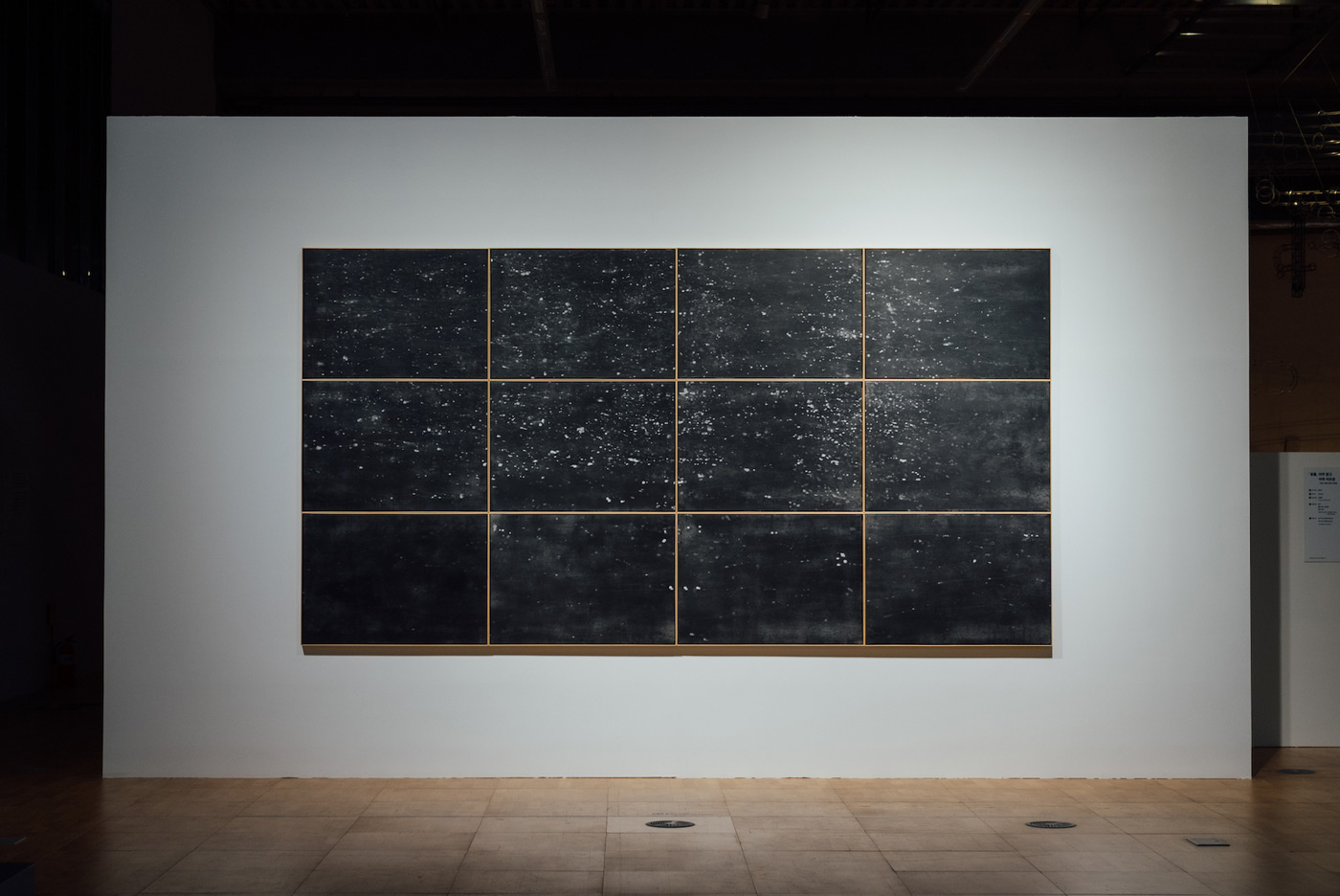
Dongju Kang
〈Fluctuations, Brightness in the Darkness〉, 2023.
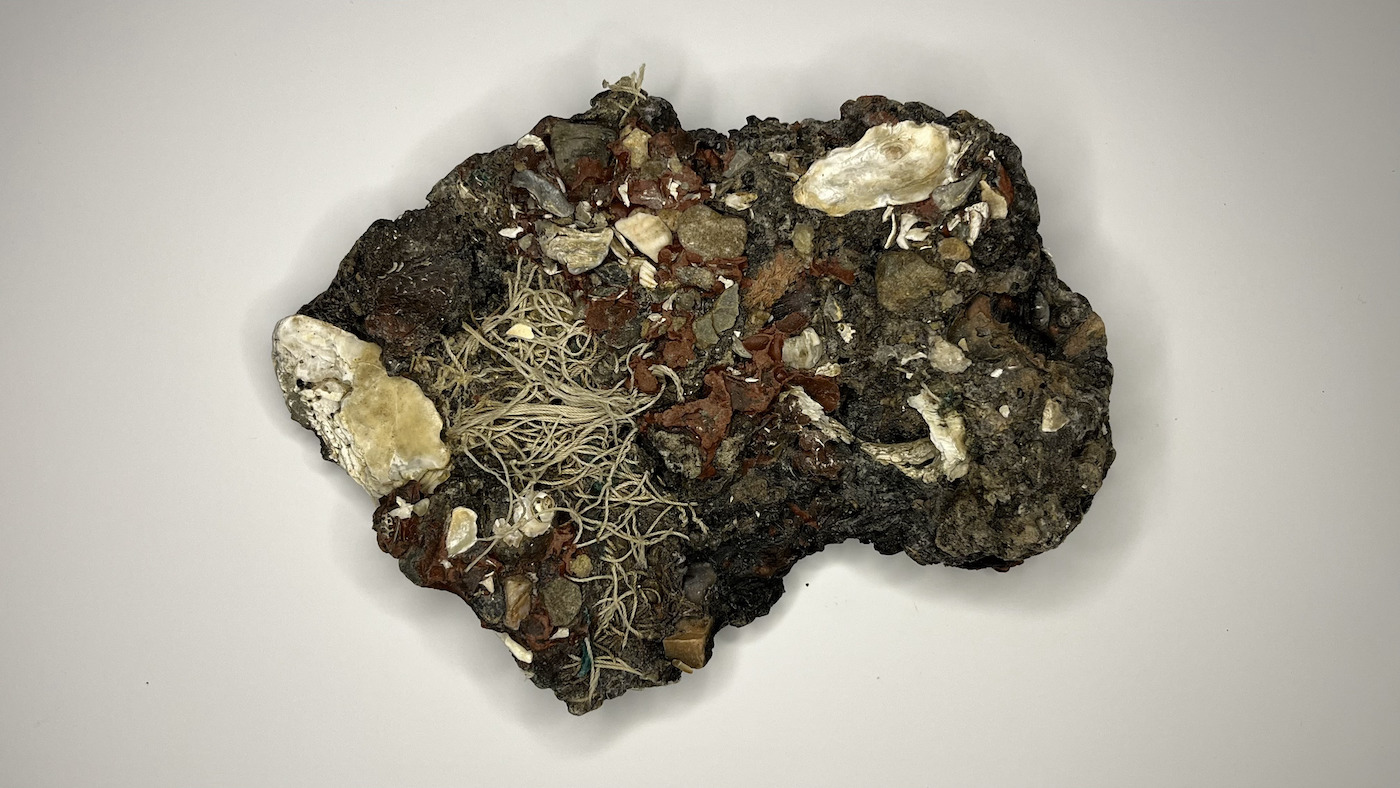
Bangjoo Kim
〈Belong to No One Else: Dropped by A Crow 〉, 2023.
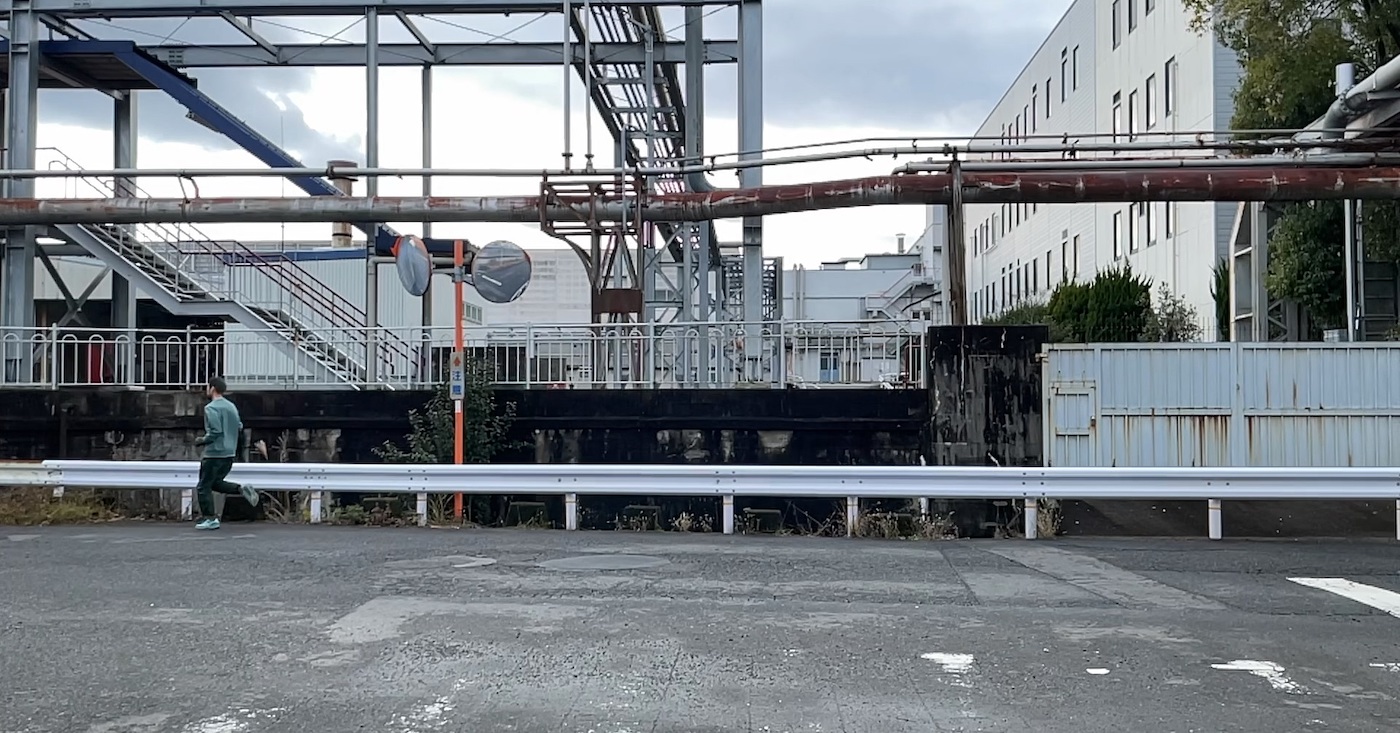
Gemini Kim
〈Invisible Factory Run Project- Rayon Plant Run〉, 2023.

Leung Chi Wo + Sara Wong
〈Young Girl Bending Her Arms〉, 2014.
〈Man With A Hat In A Long Gown〉, 2014.
〈Office Lady With A Red Umbrella〉, 2010.
〈Kid Running With A Chair〉, 2014.
〈Man in Suit Rubbing the Back of His Neck〉, 2018.
〈Japanese Housewife Scratching Her Back〉, 2010.
〈The Woman Carrying Rubber Basin On Her Head 〉, 2023.

Regina José Galindo
〈Who Can Erase the Traces? (¿Quién puede borrar las huellas?)〉, 2003.
〈Rivers of People (Ríos de Gente)〉, 2021-2022.
〈The Earth Does Not Hide The Death (La Tierra No Esconde Los Muertos)〉, 2023.
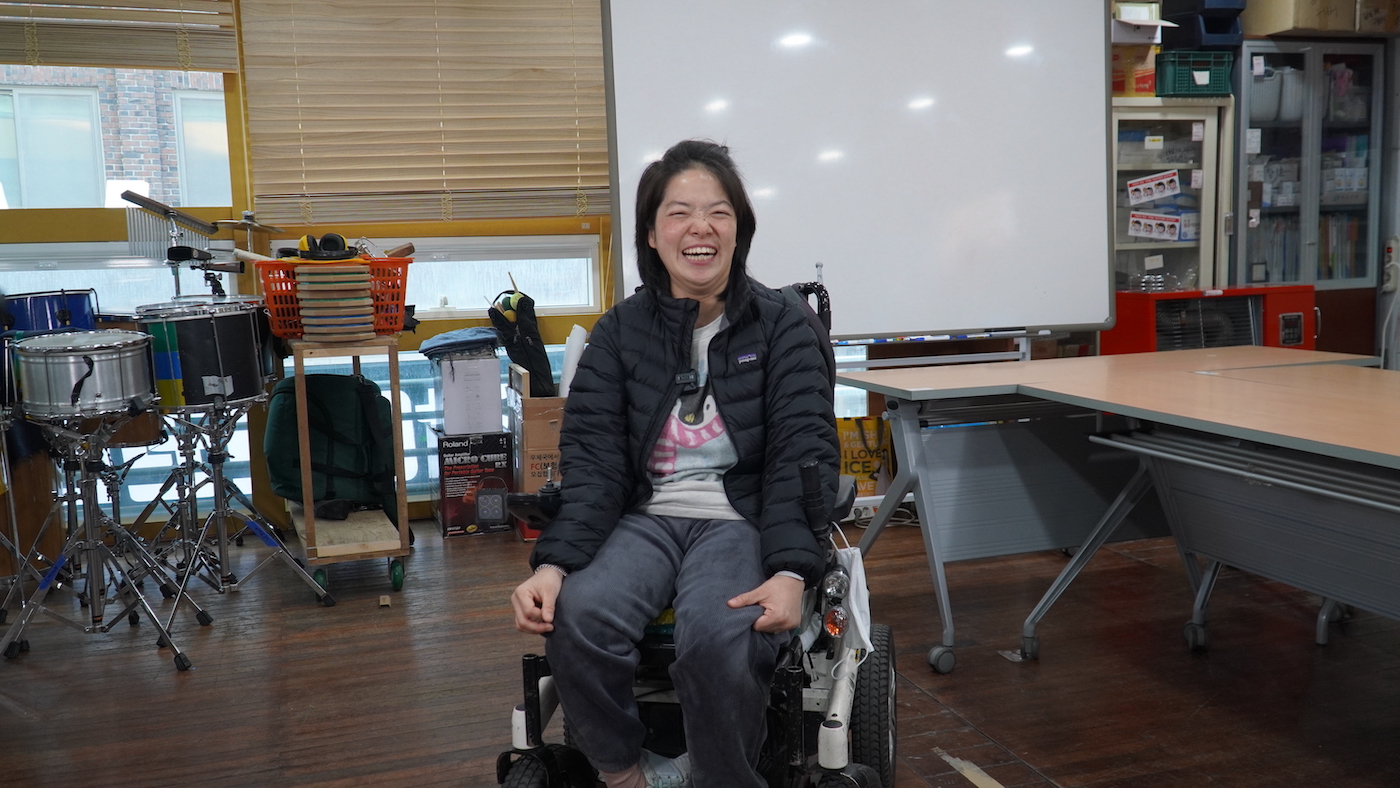
Listen to the City
〈Texture of Street〉, 2023.

Lee Kai Chung
〈The Shadow Lands Yonder (虛無鄉遠)〉, 2022.
〈As Below, So Above (地上地下)〉, 2023.
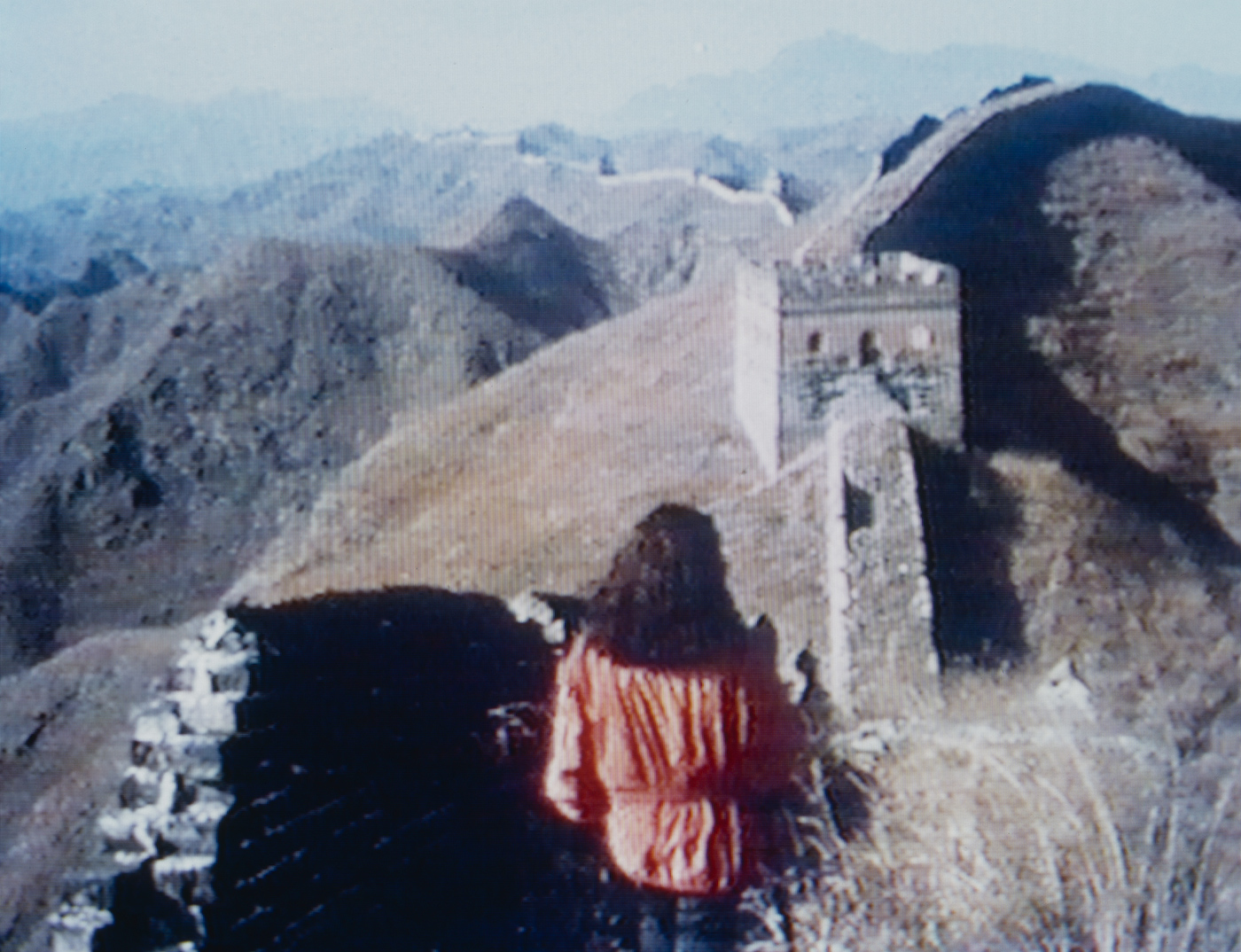
Marina Abramović / Ulay
〈The Lovers, The Great Wall Walk〉, 1988/2010.
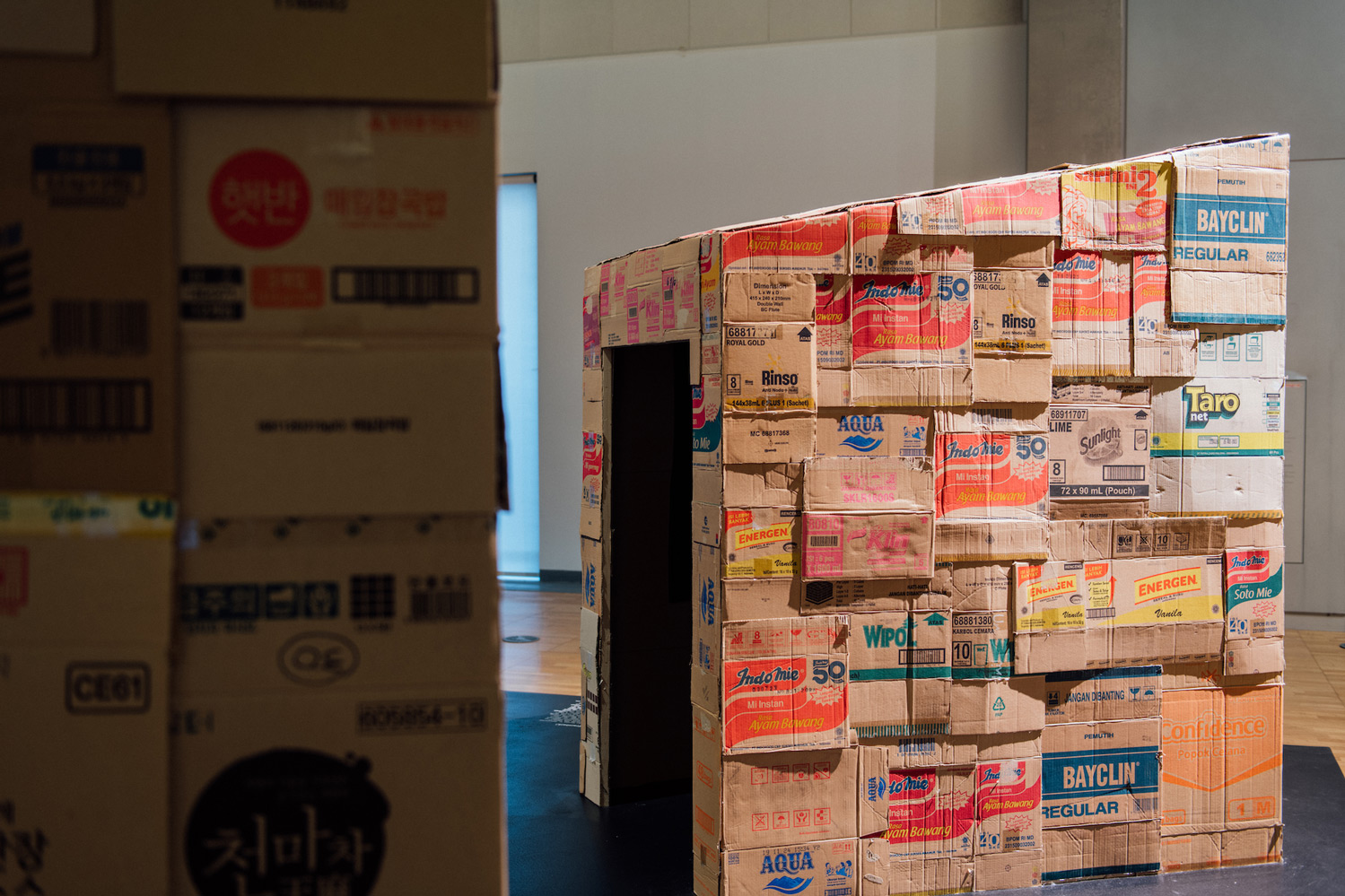
Mira Rizki Kurnia
〈Napak Tilas (Traceback)〉, 2023.
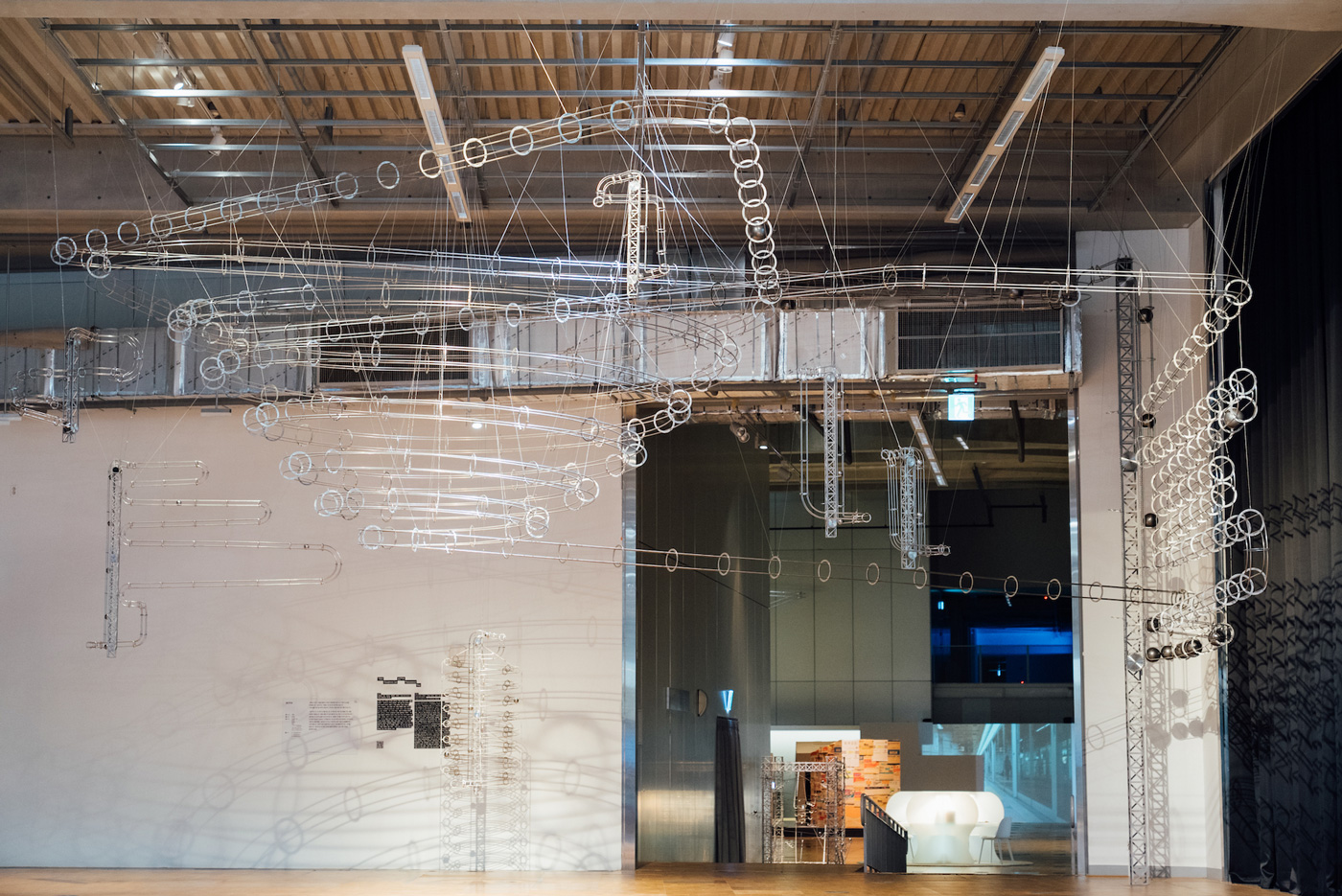
Changwoon Lee
〈Phenomenon Map〉, 2023.
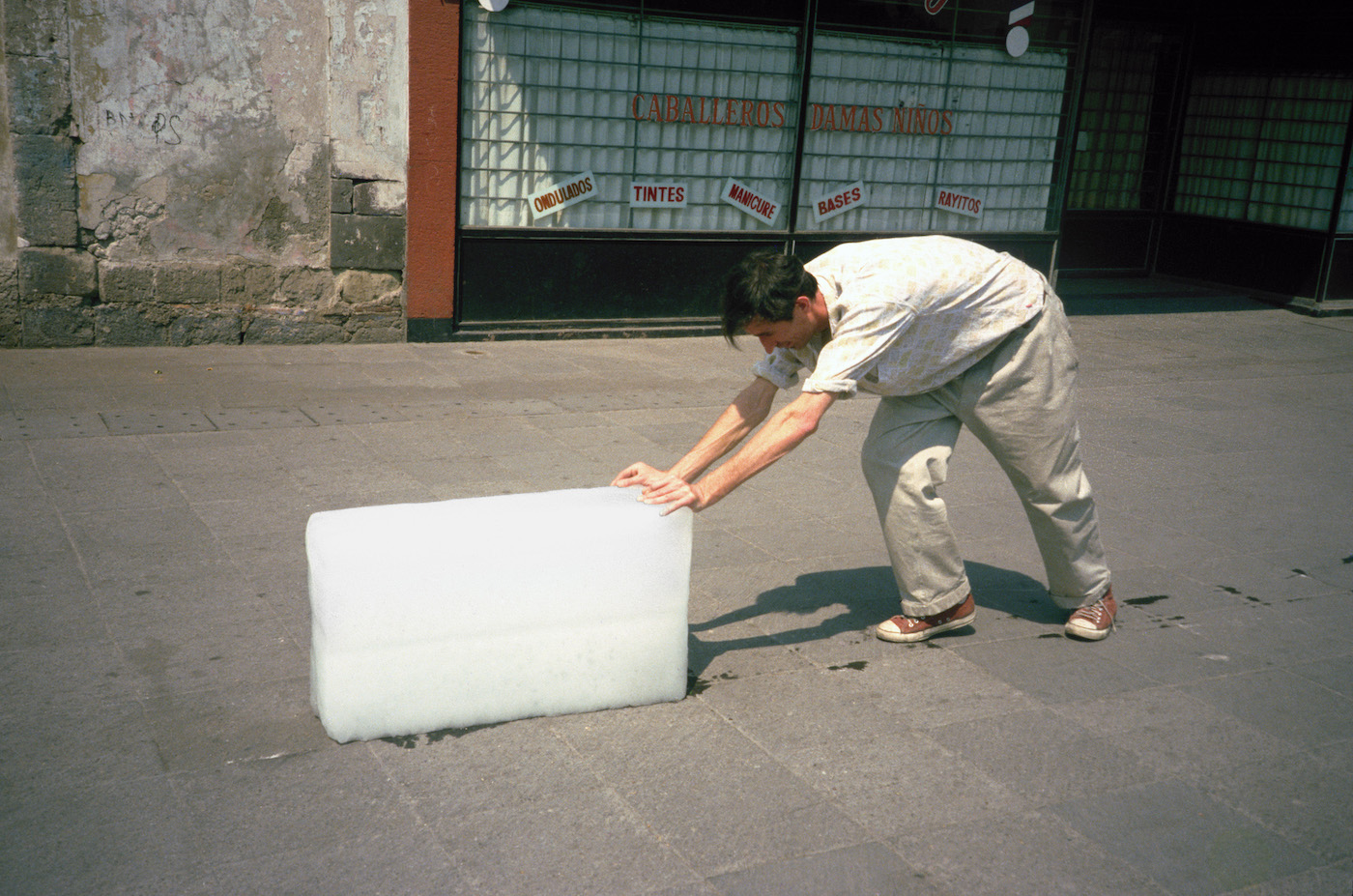
Francis Alÿs
〈Paradox of Praxis 1 (Sometimes Making Something Leads to Nothing)〉, 1997.
〈Paradox of Praxis 5: Sometimes we dream as we live & sometimes we live as we dream 〉, 2013 .
〈Border Barriers Typology: Cases #1 to #23〉, 2019-2021.
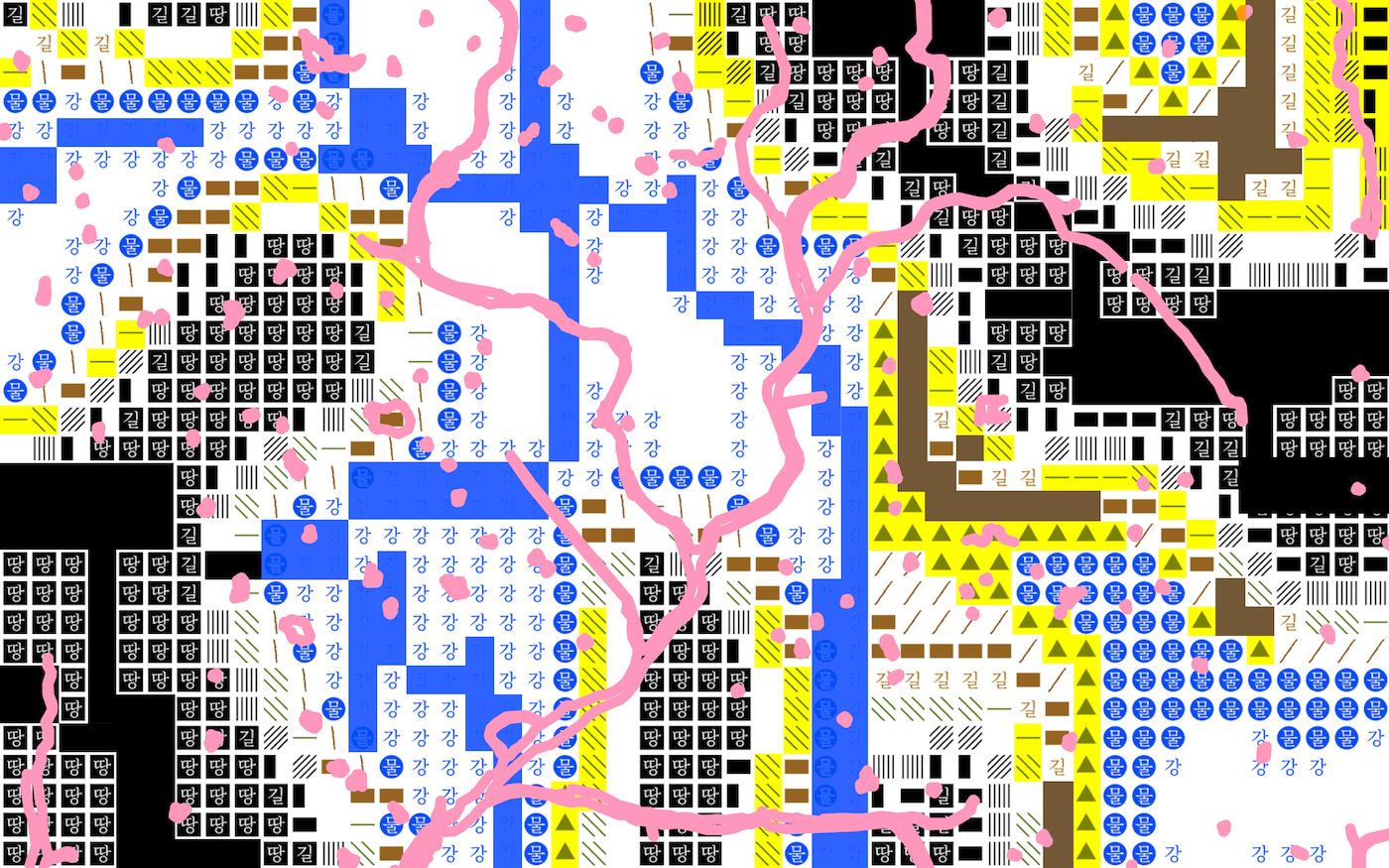
Goeun Park
〈A Map of Written Sound 〉, 2023.

After New Order
〈After City〉, 2023.
〈Browsing〉, 2023.
